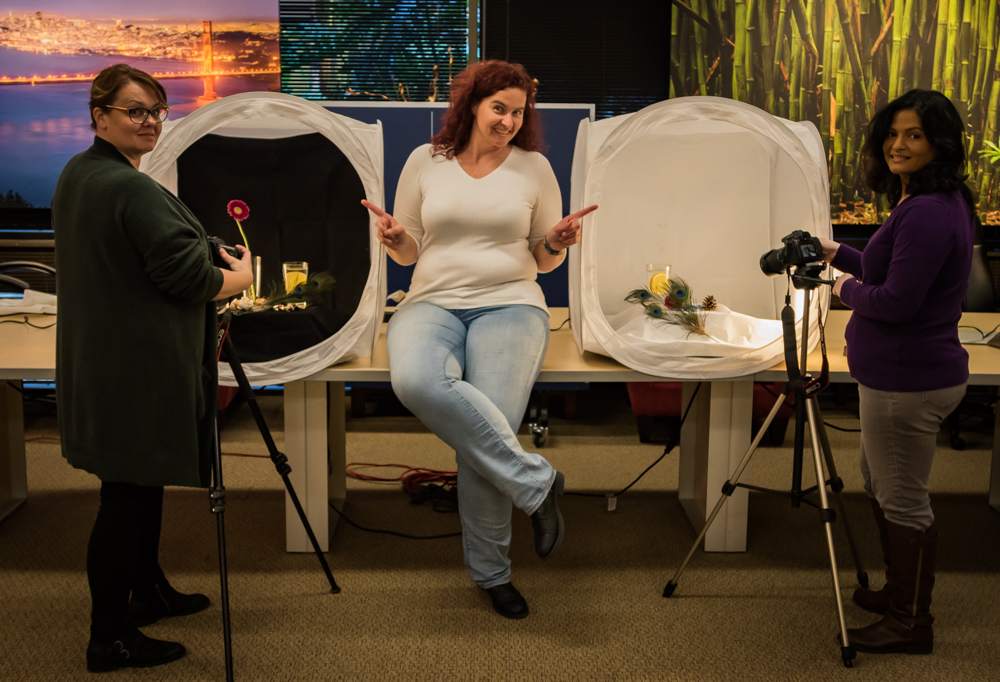
|
|
|||||
Macro Photography is a challenging style of photography, but it can also be one of the most rewarding. Imagine the feeling of taking an every day object and showing the fine details that people often overlook. Water drops on flower petals after the rain, colorful feathers of hummingbirds, or the texture of an orange slice. With Macro photography, you don't have to travel to exotic destinations to create beautiful images. In fact, I bet if you looked closely, you have some perfect subject matter right in your own back yard. But macro photography can be intimidating to undertake. That's where we at Aperture Academy can help with our Intro to Macro Photography workshop.
Recently, I welcomed 2 students to our San Jose, CA studio, who were ready to demystify and explore the wonderful world of Macro photography. After everyone is settled in, we go through some brief introductions to get to know each other and set expectations for the day. After introductions, I have a brief presentation about the class and what to expect. The presentation covers some basic principles about Macro photography, such as, what characteristics are specific to Macro photography as opposed to "close-up" photography, some of the equipment that is available, and what makes a Macro lens unique. Next, I moved on to explain some of the more technical aspects of photography in general, but all of which apply to Macro photography. We covered the Exposure Triangle and how Aperture, ISO, and Shutter Speed work together to create your images, and how they specifically work with Macro photography. Finally, I reviewed the creative techniques of composition, including leading lines, rule of thirds. Understanding how the technical and creative principles work together helps create images that tell a story. Then I showed some examples of where to find subjects to photograph along with images from my own portfolio so my students could get an idea of the endless possibilities.
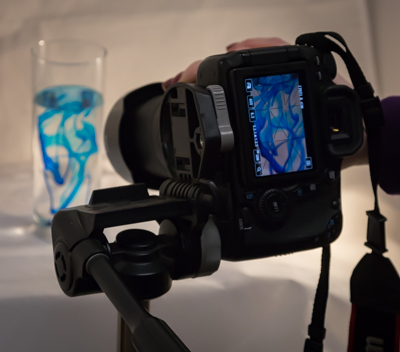 After the presentation, I answered a few quick questions, then I had my students get set up at their stations to start shooting because even the best presentation in the world can't beat hands-on practice!
After the presentation, I answered a few quick questions, then I had my students get set up at their stations to start shooting because even the best presentation in the world can't beat hands-on practice!
To make it a little easier on them, I had three pre-selected subjects for my students to work with, each one designed to highlight a particular aspect of Macro photography. Each student set up their tripods and cameras at their own individual light stations and we got down to business! Over the next 2 hours, my students were challenged to "see" each subject in a different way. I wanted them to see how the character of a subject changes depending on where the light source is, what angle you are shooting from, etc. Changing the direction of the light source can highlight details that didn't show up before. Changing the angle from which you shoot can showcase character details that would be otherwise unseen. But more than anything, I wanted my students to just have fun discovering what worked for them.
I have to say, this is my favorite part of the day. Very often, my students will come into the class thinking that they are not creative enough, or don't understand their cameras. But they soon realize, that with just a bit of gentle coaching and guidance, they DO have the ability to create mesmerizing images all their own. This is one of the best aspects of the Workshop environment. Students can try all kinds of different settings and adjustments and get immediate feedback and critique, which can really help solidify the new principles and techniques.
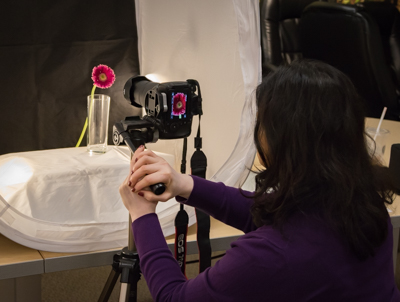 A very useful technique for Macro Photographers to learn is that of focus-stacking. We often find ourselves in situations that require us to shoot in shallow depths of field, either due to lack of light, or because we want a certain softness or tone to our images. Under those conditions, it can be difficult to get an image that is crisp and sharp all the way through and we end up with images that are sharp in some areas but not others. This challenge can be overcome by focus -stacking images. This technique involves taking a series of several images, each one with a different plane of the image in focus, so that when "stacked" in Photoshop, you get one image that is sharp all the way through. I took a bit of time and worked with each student to get their series of images that we could "stack" later during processing.
A very useful technique for Macro Photographers to learn is that of focus-stacking. We often find ourselves in situations that require us to shoot in shallow depths of field, either due to lack of light, or because we want a certain softness or tone to our images. Under those conditions, it can be difficult to get an image that is crisp and sharp all the way through and we end up with images that are sharp in some areas but not others. This challenge can be overcome by focus -stacking images. This technique involves taking a series of several images, each one with a different plane of the image in focus, so that when "stacked" in Photoshop, you get one image that is sharp all the way through. I took a bit of time and worked with each student to get their series of images that we could "stack" later during processing.
After I had gone through each of the pre-set subjects, we still had a little time before lunch break. This part of the workshop is where the students get to put into practice everything they had learned so far. This is where they get to really test their creative juices. I had several objects for them to choose from. I really enjoy watching students to pick out their subjects and try different combinations. I can never predict what subjects the students will choose, and it is always fun to see what everyone connects with. It is challenging to me as well as I try to help each student bring their vision to life. I was delighted to see that my student's creativity had been unlocked and they were adventurously trying all kind of combinations of subject matter. I continued to work with everyone to help them capture their vision and it was clear that the concepts were becoming more familiar.
 The processing portion of our workshop starts with how to import, review and select favorite images in the LightRoom Library module. Then, we moved to the Develop Module, where I covered how to crop an image, adjust exposure, contrast and white balance. Next, I showed how my students how to sharpen an image and minimize noise. The final touch was to add some slight vignetting, just to emphasize the focal point of an image. At that point the processing was done, so I covered how to export their finished images, highlighting the settings designed for either web posting or printing. Whew!! That was a lot of information!
The processing portion of our workshop starts with how to import, review and select favorite images in the LightRoom Library module. Then, we moved to the Develop Module, where I covered how to crop an image, adjust exposure, contrast and white balance. Next, I showed how my students how to sharpen an image and minimize noise. The final touch was to add some slight vignetting, just to emphasize the focal point of an image. At that point the processing was done, so I covered how to export their finished images, highlighting the settings designed for either web posting or printing. Whew!! That was a lot of information!
We were very quickly approaching the end of our time together, so I briefly covered the focus-stacking techniques, and sent my students home with notes and tips on how to do it on their own. Then, I spend a bit more time addressing specific questions, and making some equipment and further workshop recommendations. But soon, with a final Thank You, I sent my students on their way to enjoy the rest of their day, ready to practice their new Macro Photography skills.
Until next time,
DeAnna and the rest of the Aperture Academy team!
P.S. If you'd like to join us at one of our workshops, you can find the schedule/sign up here.
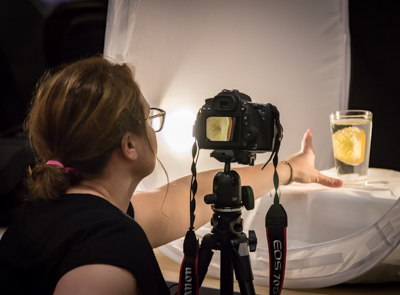 |
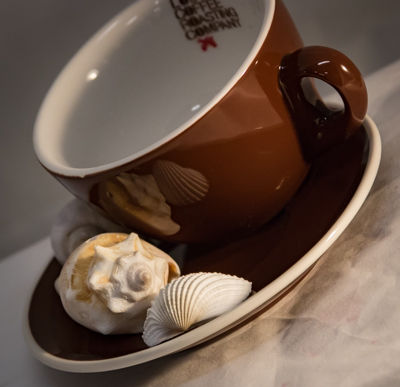 |
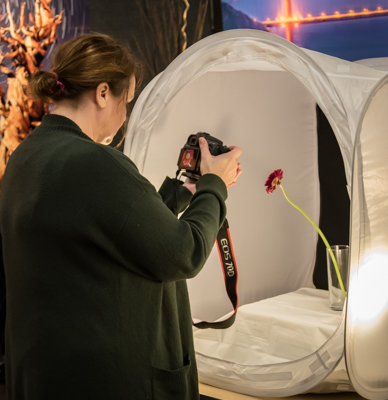 |
 |
 |
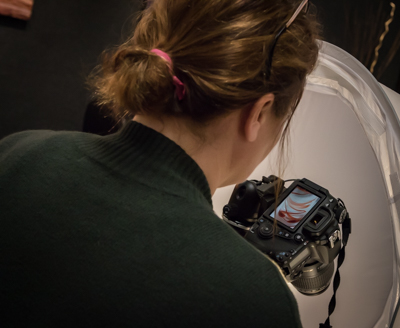 |
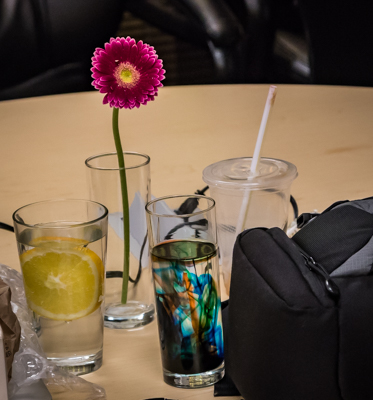 | |
|
 |
Other Cool Stuff→ Past Workshop Photos → 72dpi.com → How-To Articles → Photographer of the Month |
 |
Contact Us→ Contact Us → About Us → Site Map |
© 2009-2024 Aperture Academy, Inc.
